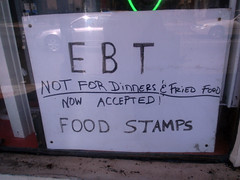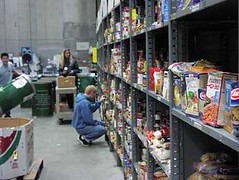 While drawing comparisons between Hurricane Katrina and the recent earthquake in Haiti may be tempting, sociologist Kathleen Tierney tells CNN why doing so is not such a good idea.
While drawing comparisons between Hurricane Katrina and the recent earthquake in Haiti may be tempting, sociologist Kathleen Tierney tells CNN why doing so is not such a good idea.
Like Katrina, the earthquake has produced effects of catastrophic proportions. Both events rank among the largest catastrophes ever experienced in the Western Hemisphere.
They both have resulted in large loss of life and immense human suffering and make the coordination of emergency resources extremely difficult. Ordinary citizens are left to fend for themselves in the wreckage. And as we saw in Katrina and see now in Haiti, residents of disaster-stricken areas are the true first responders.
The aftermath of such catastrophes brings more prolonged suffering and massive recovery challenges. People pay attention as the media cover them, but they turn their attention elsewhere when the cameras leave, even though many of the real challenges that victims and affected regions face emerge later. Like the Gulf region, Haiti will struggle for years and perhaps decades to rebuild and recover.
But there, the comparisons end.
The contrasts have much to do with the events’ impacts on a national versus regional scale.
Katrina did not flatten our nation’s capital or prevent national leaders from communicating with one another. Impacts were catastrophic in areas where Katrina struck, creating significant logistics problems, but the infrastructure of the rest of the nation was untouched. Also important, it was possible to issue warnings for Katrina, which enabled the vast majority of those who were at risk to evacuate to safety. The victims of the earthquake had no such warning.
In contrast, the earthquake in Haiti destroyed much of its capital, Port-au-Prince, and affected approximately one-third of the population of the entire country. The proportion of the nation’s population that has been killed, injured or left homeless is enormous. The facilities that could have assisted victims, such as hospitals, clinics and the UN headquarters for the nation, were destroyed or are not operational. Aftershocks, which will continue for weeks, months and perhaps even years, will do additional damage and further compound both rescue and relief efforts.
In addition, both disasters affected the poor and vulnerable, but again scale comes into play:
On almost all indicators of well-being — health, education, literacy, income — Haiti ranks very low. The nation has a long history of rule by dictators, political coups and savage violence. The capacity of Haiti’s series of governments to provide services to its people has been abysmal for most of its history.
In many ways, residents of Haiti faced a daily disaster even before the earthquake. These differences matter, and they should be kept in mind by those seeking to see parallels between the two catastrophes.

 A recent piece in the
A recent piece in the 


